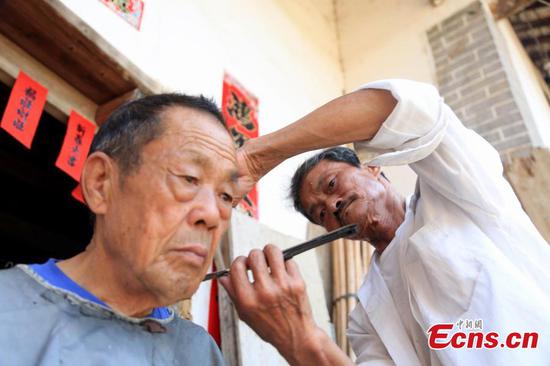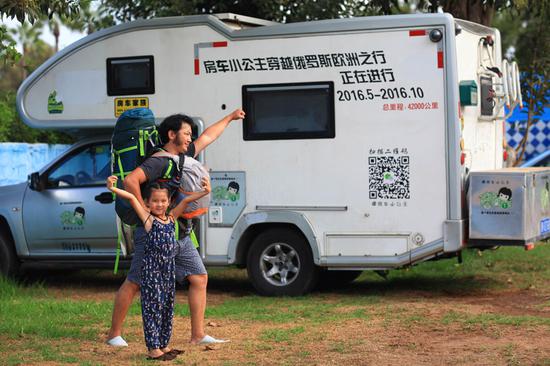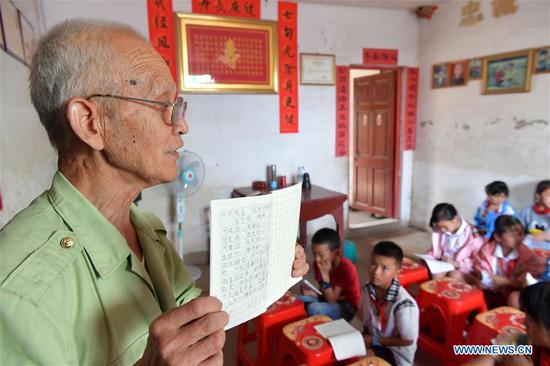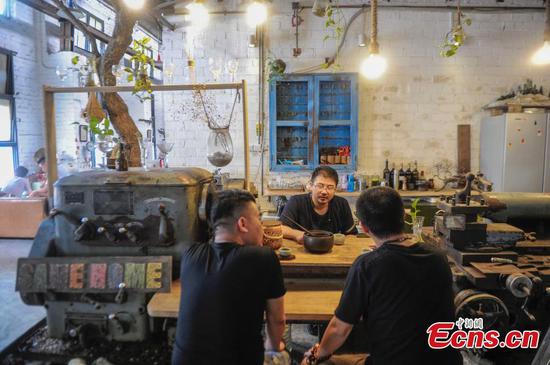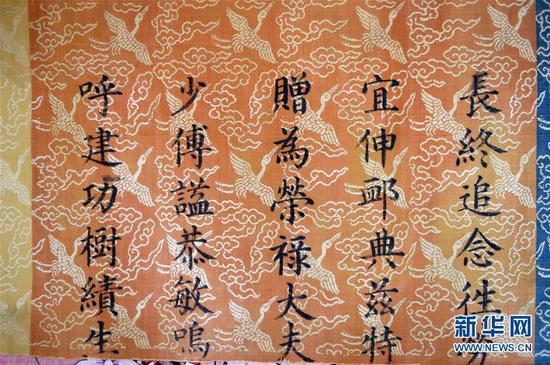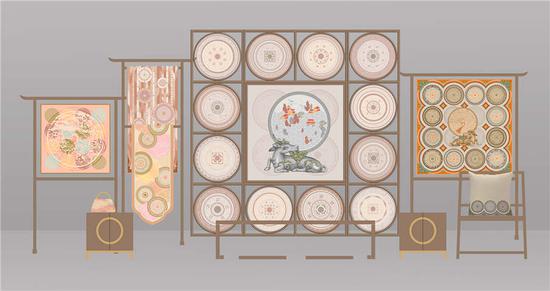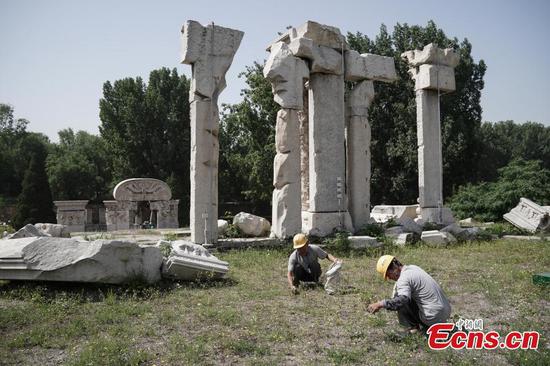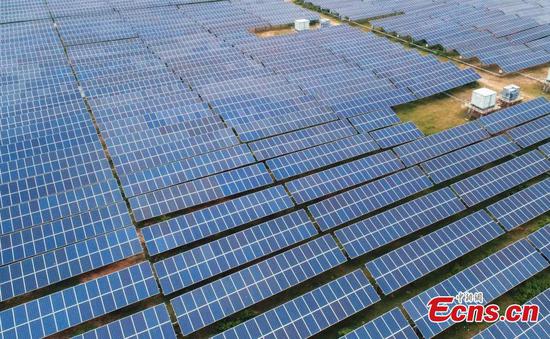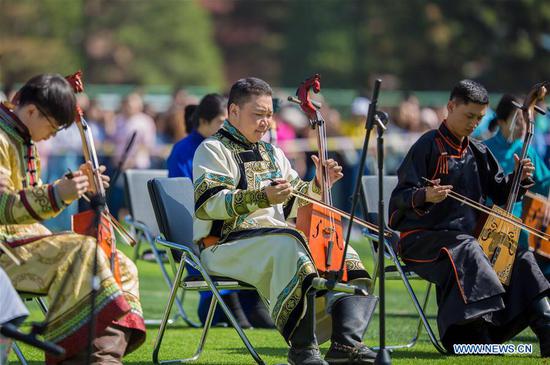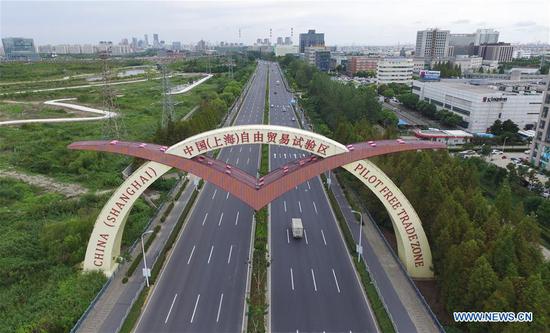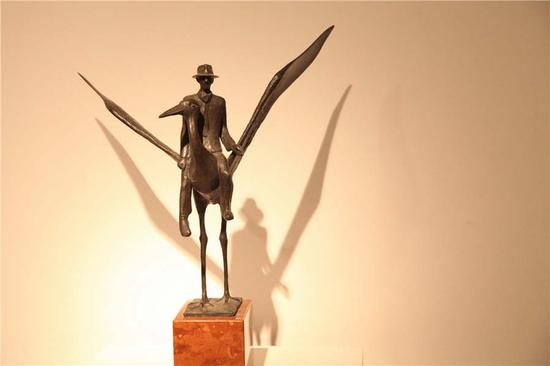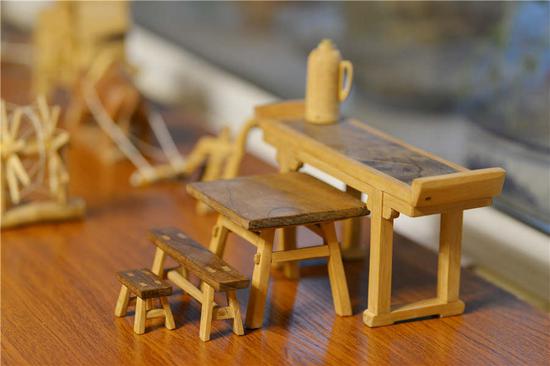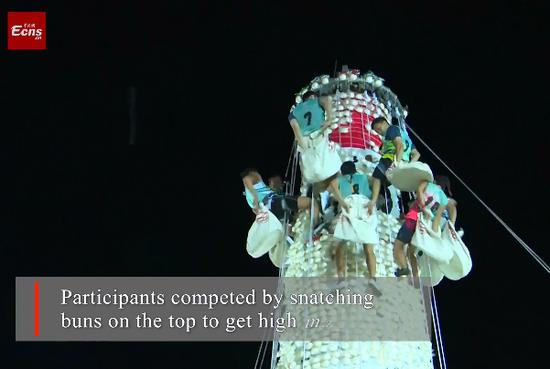Researchers at two universities in Atlanta, Georgia, a state in southeastern United States, have created a device that makes walking up and down stairs easier.
Detailed in a paper published in the journal Public Library of Science PLOS ONE, the spring-loaded device, actually two steps of energy-recycling stairs, stores a user's energy during descent and return energy to the user during ascent.
It compresses when someone comes down the stairs, saving energy otherwise dissipated through impact and braking forces at the ankle by 26 percent. When going up, the stairs give people a boost by releasing the stored energy, making it 37 percent easier on the knee than using conventional stairs.
Each stair is tethered by springs and equipped with pressure sensors. When a person walks downstairs, each step slowly sinks until it locks into place and is level with the next step, storing energy generated by the user. It stays that way until someone walks upstairs. When a person steps on the sensor on the next tread up, the latch on the lower step releases, releasing the stored energy and lifting up the back leg.
The device can be placed on existing staircases and doesn't have to be permanently installed.
Karen Liu, an associate professor in Georgia Institute of Technology's School of Interactive Computing, initially got the idea for the project when she attended a conference and saw an ankle brace that stored and released energy. Her 72-year-old mother has no problems walking but has difficulty climbing steps, and Liu knew she wouldn't wear special sneakers just for stairs. So she decided to make smart stairs that act like the shoe.
"Current solutions for people who need help aren't very affordable. Elevators and stair-lifts are often impractical to install at home," said Liu, a co-author of the paper with colleague Lena Ting, a professor of biomedical engineering in the Wallace H. Coulter Department of Biomedical Engineering at Emory University and Georgia Tech. "Low-cost, easily installed assistive stairs could be a way to allow people to retain their ability to use stairs and not move out of their homes."
The researchers think the temporary stairs could be helpful for those recovering from surgery or pregnant women, namely people who only need help for short periods of time and don't need to permanently alter their homes.
"The spring in the stairs, instead of the ankle, acts as a cushion and brake," Yun Seong Song, who built the device as a postdoctoral researcher at Georgia Tech and now an assistant professor at Missouri University of Science and Technology, was quoted as saying in a news release from Georgia Tech. "The gentle downward movement alleviates work by the trailing ankle, which is what keeps you balanced and prevents you from falling too fast on normal stairs."














